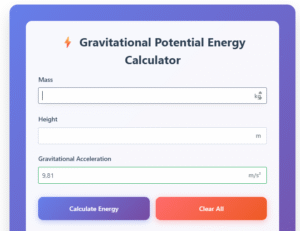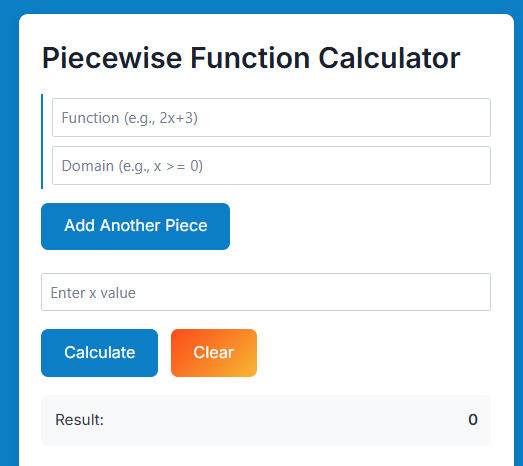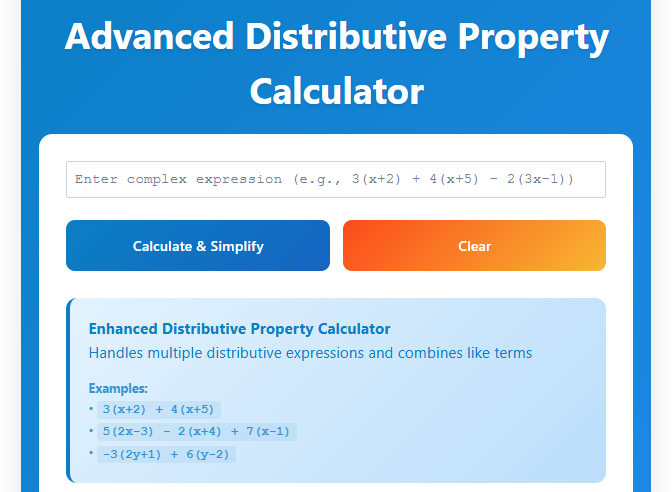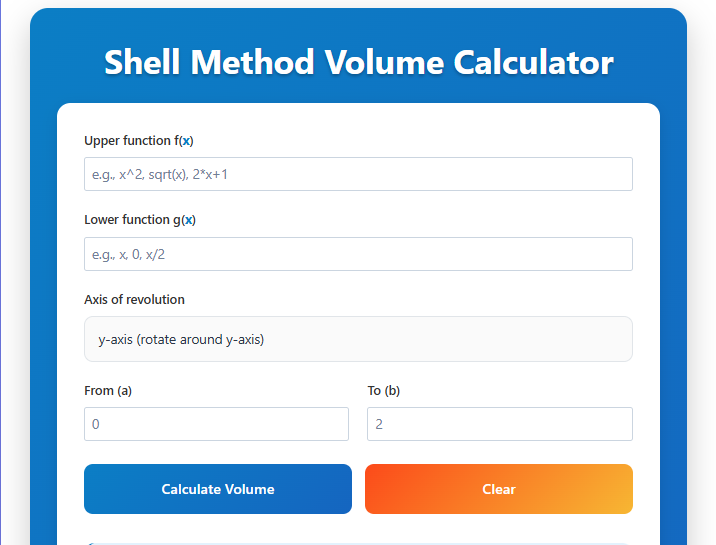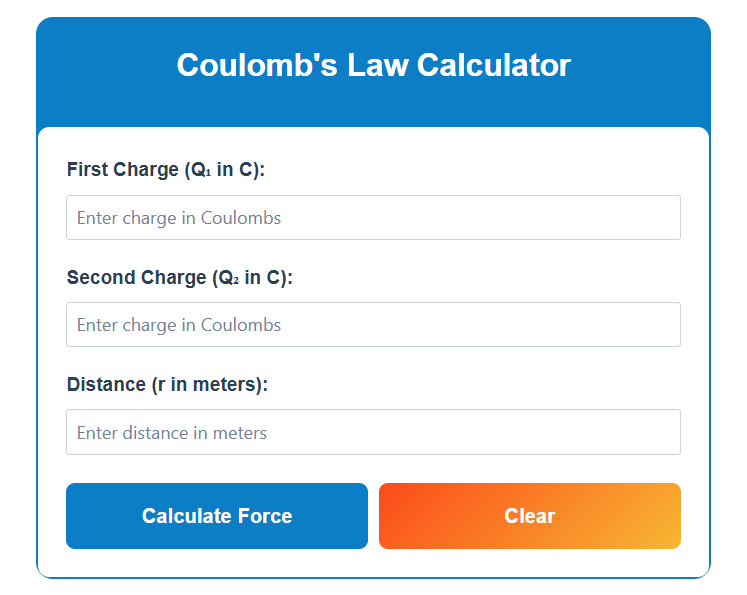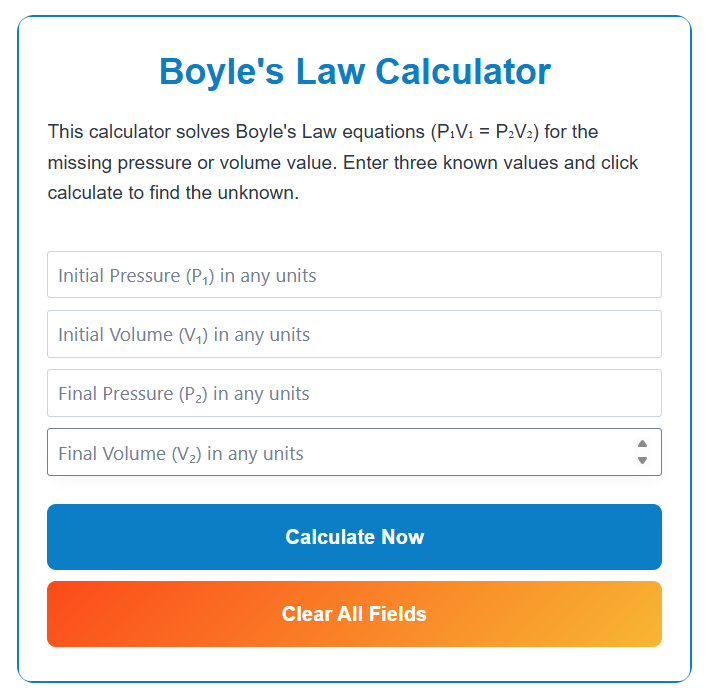Potential-Energy-Calculator: Your Quick Guide to Calculating “What Goes Up”
Ever wonder how much energy your cat stores when it climbs that bookshelf just to knock over your favorite mug? Or why engineers obsess over the height of dam walls? It all comes down to gravitational potential energy—that quiet, invisible force waiting to unleash when objects fall. But here’s the thing: calculating it manually can turn into a chore faster than you can say “9.8 meters per second squared.”
I’ve lost count of the times I’ve seen students and DIYers get tripped up by unit conversions or second-guess their gravity values. That’s why I’m stoked about tools like the potential-energy-calculator. It’s not just for textbook problems—it’s for anyone who wants to skip the spreadsheet headaches and get straight to accurate results. Let me show you why this little tool deserves a bookmark.
⚡ Gravitational Potential Energy Calculator
• U = Gravitational potential energy (Joules)
• m = Mass of object (kilograms)
• g = Gravitational acceleration (m/s²)
• h = Height above reference point (meters)
How to Use It Without Breaking a Sweat
Picture this: You’re rebuilding a treehouse and need to know if those old floorboards can handle the energy from a falling branch. Here’s how the calculator becomes your best friend:
- Mass: Enter kilograms (or pounds, if you toggle the unit—more on that later)
- Height: Meters or feet, but always measure from the object’s lowest point
- Gravity: Defaults to Earth’s 9.8 m/s², but lunar dreamers can switch to 1.625 m/s²
Pro tip? Double-check whether you’re using Newtons (force) vs. kilograms (mass). I’ve seen seasoned pros mix these up—it’s like confusing flour with baked bread. And if you’re working in imperial units, toggle that setting first to avoid Frankenstein calculations.
Why This Calculator Clicks
You could memorize the formula (PE = mgh) and crunch numbers manually. But in my experience, real life doesn’t hand you perfect scenarios. Maybe your project uses a mix of metric and imperial units, or you’re comparing energy storage on different planets for a sci-fi novel (no judgment here).
This tool solves three headaches at once:
- Time: Gets results in seconds—no calculator fumbling
- Accuracy: Automatically handles decimal precision
- Flexibility: Lets you model “what-ifs” (e.g., what if I build this bridge on Mars?)
Speaking of Mars… Did you know adjusting gravity isn’t just for space nerds? I once used lower gravity values to calculate energy absorption for a suspension system in high-altitude drones. Unexpectedly handy!
“When Would I Even Need This?” – Real-World Uses
Let’s ditch the hypotheticals. Here’s where this calculator has saved bacon:
- Physics students: Verifying homework answers before submission
- Construction teams: Assessing material impacts during demolition planning
- Fitness coaches: Calculating energy expenditure for altitude training
- Parents: Explaining pourquoi leaves fall (with numbers!) to curious kids
Last month, a carpenter friend used it to determine if her workshop crane could handle granite countertops. Turns out, 300 kg lifted 2 meters creates 5,880 Joules—way under the machine’s limit. Confidence unlocked!
Avoid These Classic Mistakes
Small errors = big headaches. Here’s how to dodge common pitfalls:
- Height hiccups: Measuring from the wrong reference point (e.g., using sea level for a tabletop experiment)
- Unit amnesia: Mixing slugs and kilograms (yes, “slugs” are a real unit—thanks, imperial system!)
- Gravity guesswork: Assuming 9.8 is always right (hint: latitude and altitude affect this)
By the way, if your result seems wild, triple-check height units. Centimeters instead of meters is a classic “why is my result 100x too small?” culprit.
Your Questions—Answered
Q: Can I calculate kinetic energy with this? A: Nope—this tool focuses on potential energy. But you can combine results with our [link]kinetic-energy-calculator[/link] for full motion analysis.
Q: Why does gravity matter if I’m on Earth? A: Most times, 9.8 works. But precision matters in engineering. Designing a elevator? Gravity varies 0.5% between Ecuador and Greenland!
Q: What if my mass is zero? A: Congrats, you’ve found a photon! But seriously—physics breaks down. Enter realistic values.
Go Forth and Calculate
Whether you’re a pro or a curious newbie, understanding potential energy shouldn’t feel like decrypting hieroglyphics. This calculator isn’t about replacing learning—it’s about focusing on the “why” instead of getting stuck on arithmetic. Next time you’re eyeing that wobbly shelf, give it a whirl. (And maybe reinforce the shelf either way.)
Got a niche use case? I’d love to hear how you’re applying physics in the wild. Drop a comment below—
